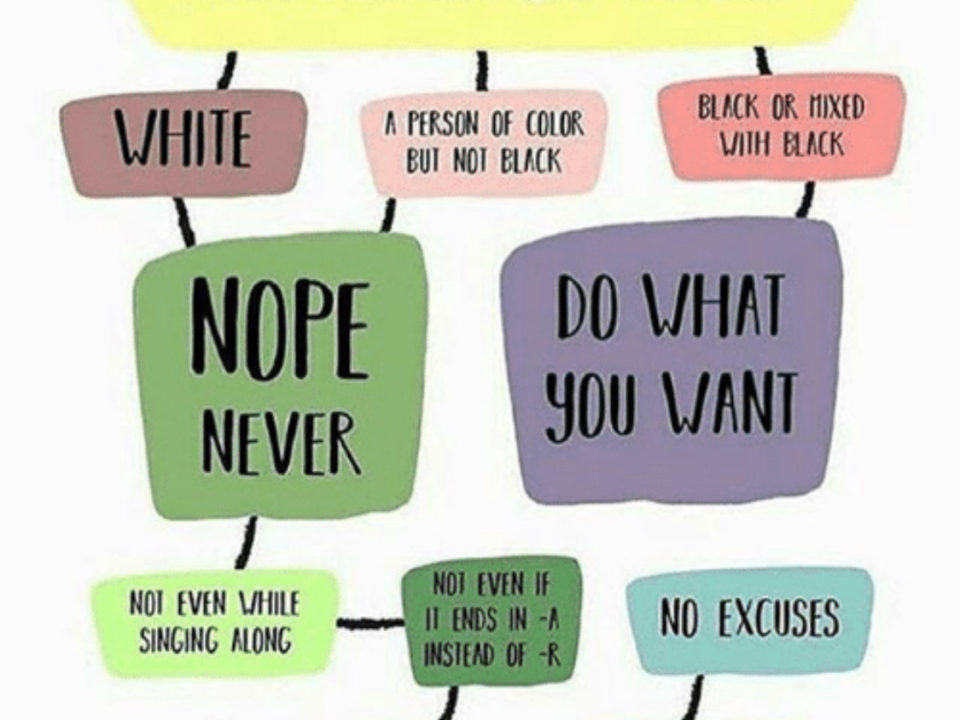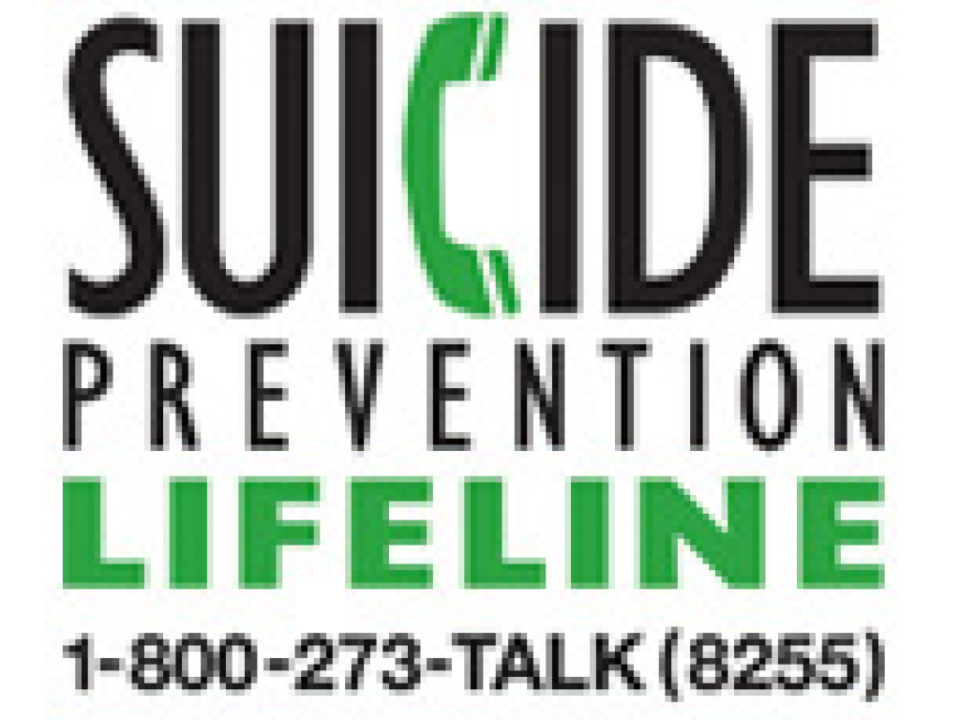Liberia Day 4 – Last Day of Lecture
July 11, 2013Day 6- Last Day of Clinicals
July 13, 2013Ah, Thursday -- another incredible day. Thursday is the first day of clinicals. Each of the students has been assigned to a clinical site where they rotate each Thursday and Friday for the entire 6 months of the Mental Health Program. On Thursday, we visited two sites. The first, Grant Hospital, which is the only psychiatric hospital in the country. There was a different psychiatric hospital, but it was destroyed during the civil war. After the war ended, the government asked the only Psychiatrist in the country, Dr. Grant, if they could use his land where his home and outpatient clinic were for a psychiatric hospital. He agreed, and so they built an 80 bed inpatient unit and it became Grant hospital. After Dr. Grant died in 2010, Grant became a part of the medical hospital, JFK. Of the 80 beds, 70 are occupied. Patients pay a one time flat fee on admission which is good for as long as you remain in the hospital. Outpatient visits are charged per visit. At the time of our visit, 90% of inpatients had some sort of substance use disorder -- primarily drug-induced psychosis. Each of the students saw a patient, and then came to case rounds to present. It was amazing as they said -- last week I saw this person, and didn't know it was opiate withdrawal, but he had all of the symptoms. Had I known then what I know now, I would detox him, or manage him symptomatically if detox meds were not available. It was so warming to see them able to immediately apply what they learned in the classroom to improve the care they provided in the field. Very interesting also, was the fact that, during the lectures, they believed that people were really only using marijuana and alcohol. Since they don't have drug tests-- they really had no way to know otherwise. However, after the lectures, they were able to identify an opiate withdrawal syndrome in 4 of the 5 patients who were presented. All of them was adding a drug called Talin White to the their marijuana. Sobering was the marks we saw on the wrists and ankles of the people with psychosis from where they had been bound, tied to trees and gagged as their families tried to control their psychosis. Typically, after tying to a tree, gagging, tying at the ankles and wrists and a trip to the witch doctor doesn't work, they are brought to the hospital. There is a definite need for a public health campaign to help them know that they can seek help earlier in the process. When we were leaving Grant, we took pictures and one of my students, Sadie said "Say hello to your children, your husband and your white maids!" I was like, what? I don't have a white maid! She said "no, your work mates" but with her accent I had misunderstood. As you can imagine, it was a hilarious moment.
The second site was Redemption-- a free clinic. Of the four cases presented there, two were HIV and a third was a young girl who had been raped. Both are very common in Liberia. The students did a wonderful job of providing support to all of the patients they presented, and we were able to reinforce the need to do addiction prevention in all four -- as they now had risk factors that increased the chance they would begin to use drugs or alcohol as a coping strategy, and ultimately become addicted. Admittedly, it was difficult hearing the details of their cases.
On the way home from Redemption, we stopped at a neighborhood restaurant that sold Ghanaian food. I ate a dish called Domboy -- cassava root pounded down, with cow in a red soup over rice. It was DELICIOUS. We have learned from the portion sizes, so Endsley, Elise and I all shared one bowl which worked out perfectly. (Elise works for the Carter Center, but not on the Mental Health Project -- she is working on a project to get an EEG machine for the hospital). And speaking of EEG machines -- epilepsy is treated at Grant hospital, because the medical hospitals refuse to treat it for fear they will catch it. The prevalence of epilepsy is 50% of people in the country, which is astoundingly high. An EEG machine would help determine if everyone being diagnosed with epilepsy actually has it. Since seizure medications are always in short supply, this could help with access. Or, if indeed there is 50% prevalence, a study would undoubtedly begin to figure out why the prevalence is so high.
So, another day passed. I figured if I am going to get sick -- this is the day a mosquito bit me, because we were outside in the community for a full day, or this is the day I will get diarrhea because I ate in a community restaurant. But you know what?! So far so good... (knock on wood)
Of course there are pictures...https://plus.google.com/u/0/photos/102428141509725093638/albums/5898032158734715585?authkey=CJWDwJb8wrXogAE



